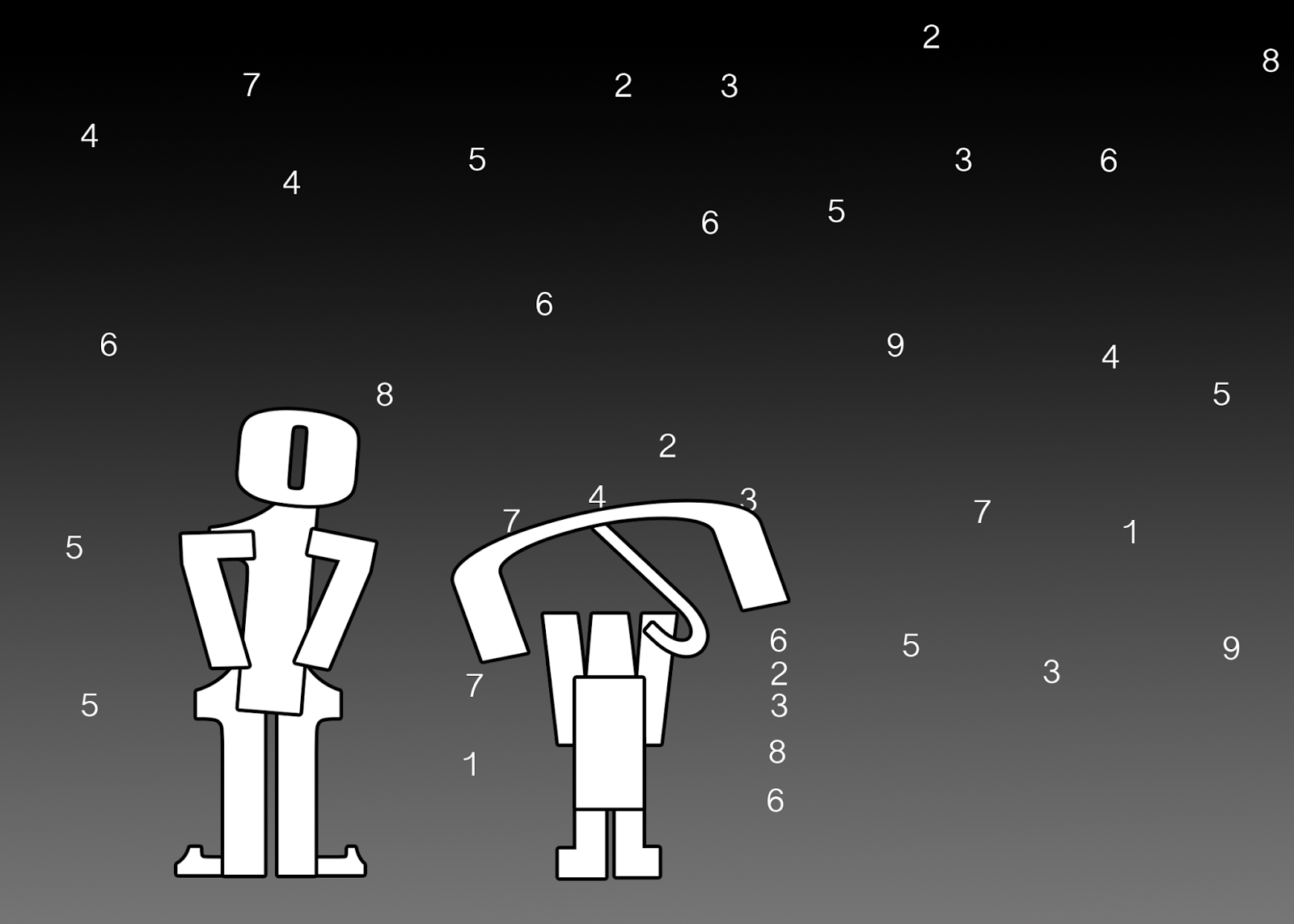WELCOME TO
This here compiles the most random story I ever started.
Part 1: Daniel Kellis
The mother buffalo did everything she could to saver her baby, but Chief Squanto is the sharpest shooter in the Waikiki tribe.

Part 2: Neil Reed
Just hours earlier she had begged him to call off the beachside duel. How could he shoot? Didn't he notice his lack of opposable thumbs?

Part 3: Madi Huber
No! He was going to duel if it was the last thing he did. Which, because he didn't have opposable thumbs, it was. NO she, as his second, must take his place.
Part 4: Danny Hunt
She still remembered that day, the first of many kills. She remembered holding a pistol in her hand, and the feeling that it was holding her.
Part 5: Max Johnson
It was a movie, not a hostage situation. But he didn't have to tell her that.
My Response
Tiny stories make for quick effective brainstorming. It’s much
easier to find a source of inspiration and create a tiny story when you have a 30-word
limit, a 24 hour deadline, as well as a previous story and image to use as a
springboard. This practice of quick turnaround is helpful to understanding the
creative process.
As soon as I received and read the tiny stories sent to me,
I couldn’t help but immediately think about what I was going to add to it. This
energy is something that we all could channel into our daily interactions with
art. Of course, art is all around us. The sound of a timpani crashing, the
contrast of the shiny clouded blue sky with the rocky mountains at sunrise, the
paintings in the Sacred Gifts exhibit, all these are powerful, emotion-engaging
experiences which contain specific artistic elements that I, before doing the
round robin exercise, would simply enjoy passively. Actively practicing the
process of experiencing an illustrated story, taking an interesting element
from it, and thinking about what could be taken from or added to it has opened
my eyes to the countless creations surrounding me that I should not only enjoy
as an audience member but also seize as an artist as possible inspiration funnels
for future projects.
For a couple of the stories I compiled, I created a
web-diagram with topics that stemmed out into sub-topics. These really helped
me to find creative connections to others’ stories, especially with Max
Johnson’s first story. It was difficult to know what to add to it because it
was so abstract. As I put words together in that diagram, I was able to come up
with the snail in the rain, a trial of being outside of himself.
Albert Einstein said, “Real faith…involves the problem and
struggling of searching.” If creating were as easy as a breath of air, art
wouldn’t be astonishing or alluring. Albert Einstein seems to be emphasizing
that there is more to art than just technical skills. Yes, there is a science
to the stroke of a brush, but the process of creation and the steps that lead
to that first brush stroke aren’t as logical. There is some talent in both the writing and composition of images, but for
the most part, sketches, finger painting, or photography aren’t our fortes. The
real benefit of this assignment was instead practicing and finding processes
that foster creativity.













